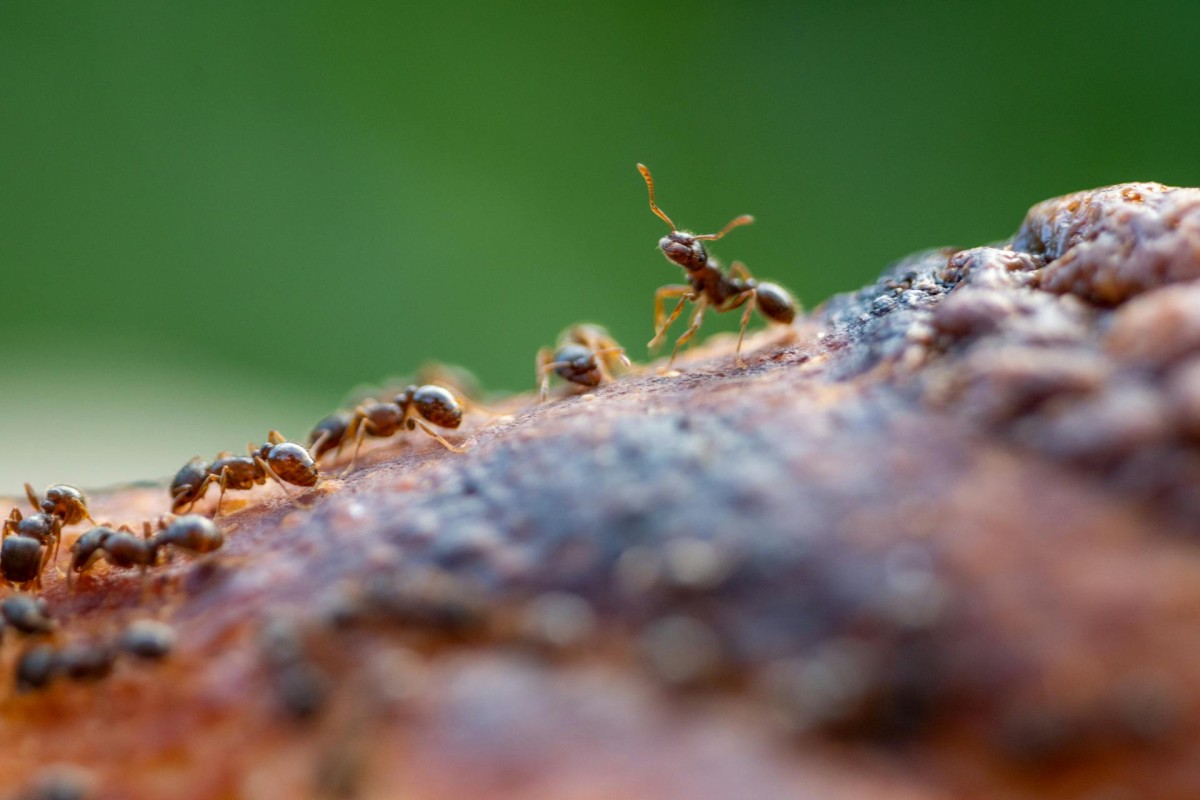You’ve probably heard of horsepower. But how about antpower?

I tend to think of energy in transactional terms. It turns the lights on when we flip the switch. It makes our cars go when we step on the gas.
But a new study published in the journal Proceedings of the National Academy of Sciences provides a different perspective on energy.
Researchers studied hundreds of species — from ants to elephants — and quantified their impacts on the landscape.
By digging, burrowing, eating, stomping, and piling, wild animals expend at least 76,000 gigajoules per year reshaping the planet, the equivalent of half a million extreme floods.
Add in livestock and the number swells to 34.5 million gigajoules. And that doesn't account for human activity.
“The role of animals in shaping Earth’s landscapes is much more significant than previously recognized,” co-author Gemma Harvey, a professor of physical geography at Queen Mary University of London, told Anthropocene Magazine, which first reported on the study.
That means future losses or dispersals could bring about big changes.
Previous studies of this sort have generally focused on a single species. For example, ant mounds affect soil erosion and runoff, beavers change the flow of rivers, and spawning salmon can move as much sediment as annual floods.
Harvey and her collaborators used hundreds of peer-reviewed studies to put together an inventory of animals that shape the landscape ("geomorphic agents") and their effects. They focused on land and freshwater habitats, excluding marine and coastal ecosystems.
They combined abundance estimates and average size for each species or group to calculate total biomass, which they converted to biological energy content (based on existing calories per gram relationships).
Of course most of that energy is expended on "living costs" (i.e., staying alive), so the challenge was calculating how much goes into reshaping the landscape. Published estimates for this type of energy expenditure range from 1% to more than 40% of an animal's energy budget, but the authors note there has been little research on this.
So they used a conservative estimate that at least 1% of global biological energy is used on geomorphic work, which works out to 76,000 gigajoules for all wild animals.
To put that in perspective, the typical U.S. household uses around 3 gigajoules per month, so harnessing all that animal activity would power about 900,000 homes for a year. If that seems less impressive it probably says more about the energy demands of the American lifestyle than the limits of animal power.
The authors also say the actual number is likely much higher as it doesn't account for unidentified species or activity.
So, who is the greatest land mover of them all?
That depends somewhat on which method was used.
Based on the portion of known zoogeomorphic agents within a genus, it’s a virtual tie between elephants and rodents. But based on global occurrence of earth-moving species, ants do more work than any other group, one grain of sand at a time.
Never underestimate the power of 20 quadrillion anything.
